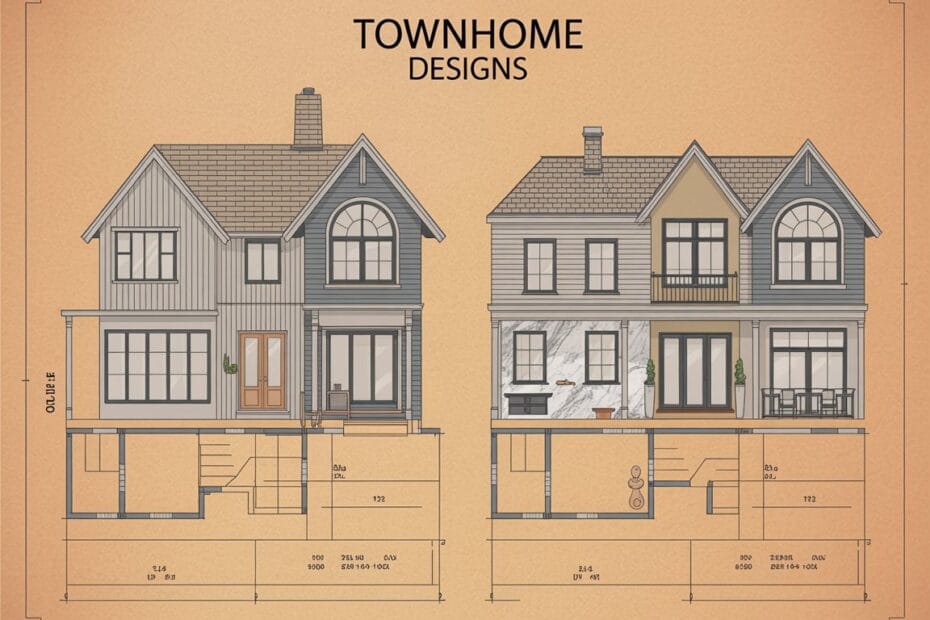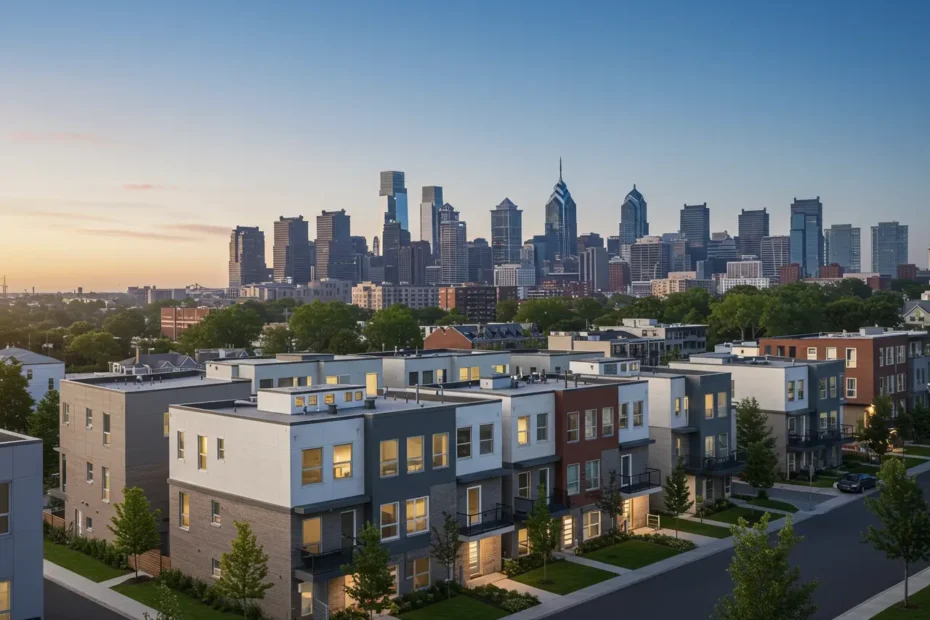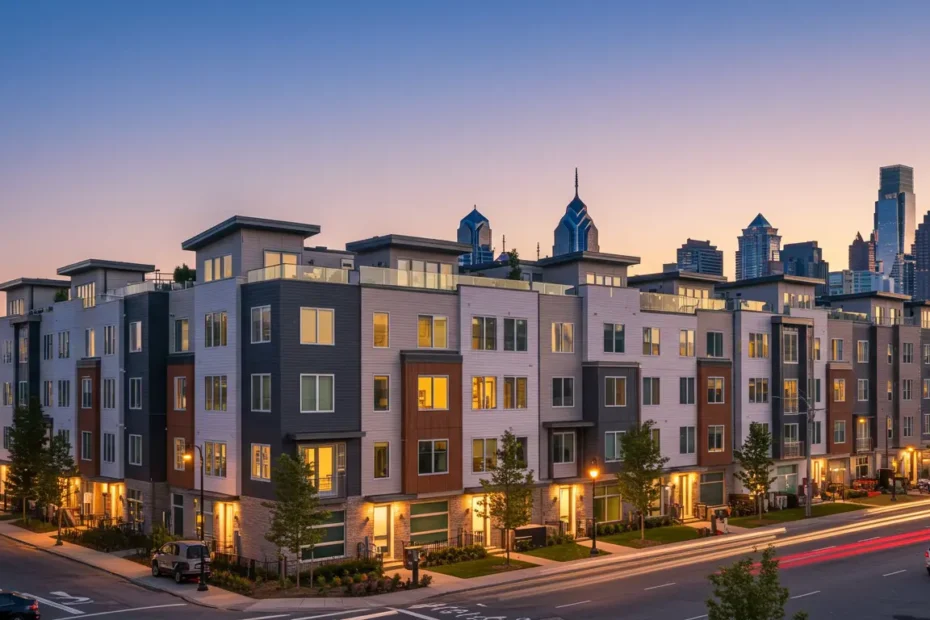Home » New ConstructionNew Construction
“New Construction” – Category Expert Definition:
The “New Construction” category encompasses the creation of entirely new buildings or structures, as opposed to renovations, remodels, or resales of existing properties. It’s a broad category that spans across various sectors and project types, all unified by the common thread of building something from the ground up.
Here’s a breakdown of key aspects of the “New Construction” category:
1. Core Definition & Differentiation:
Brand New: The fundamental characteristic is that the structure is being built for the first time. It has never been occupied or used before.
From the Ground Up: This implies starting with vacant land (or demolishing an existing structure to rebuild anew) and constructing everything from the foundation upwards.
Distinction from Existing Properties: Crucially different from the “resale” or “existing home” market, and renovations/remodels which work with existing structures. New construction creates net new inventory.
2. Scope and Types of New Construction:
The category is incredibly diverse and can be broken down by sector:
Residential New Construction:
Single-Family Homes: Detached houses built on individual lots, often in subdivisions or planned communities.
Townhouses & Row Houses: Attached homes sharing walls, often with individual entrances and ownership.
Condominiums & Apartments (Multi-Family): Buildings with multiple units, where ownership can be individual condos or rented apartments. Can range from low-rise to high-rise.
Custom Homes: Homes built to the specific design and requirements of an individual buyer.
Luxury New Construction: High-end homes and developments with premium finishes, amenities, and locations.
Affordable New Construction: Projects focused on providing housing options for lower-income buyers or renters, often with government subsidies or incentives.
Commercial New Construction:
Office Buildings: From small office suites to large corporate headquarters.
Retail Spaces: Shopping centers, standalone stores, restaurants, mixed-use developments.
Industrial Buildings: Warehouses, factories, distribution centers, manufacturing facilities.
Hospitality: Hotels, resorts, conference centers.
Healthcare Facilities: Hospitals, clinics, medical office buildings.
Educational Institutions: Schools, universities, libraries.
Entertainment Venues: Theaters, stadiums, arenas.
Infrastructure & Public Works New Construction:
Roads & Highways: New roads, bridges, tunnels, overpasses.
Utilities: Power plants, water treatment facilities, pipelines, communication towers.
Public Transportation: Subway systems, train lines, airports, bus terminals.
Government Buildings: Courthouses, city halls, post offices.
Parks & Recreational Facilities: New parks, community centers, sports complexes.
3. Key Characteristics and Considerations of New Construction:
Modern Design & Features: Often incorporates the latest architectural trends, building materials, technologies, and energy efficiency standards.
Customization & Personalization (Sometimes): In some cases (especially custom homes or pre-construction sales), buyers may have opportunities to customize finishes, layouts, and features.
Warranty & Builder Guarantees: New construction typically comes with warranties covering workmanship and materials for a certain period, offering peace of mind to buyers.
Potential for Appreciation: New properties can appreciate in value as the surrounding area develops and matures.
Phased Development: Larger new construction projects (especially residential communities) are often built in phases over time.
Pre-Construction Sales: A common practice where units are sold before construction is fully complete, often at potentially lower prices but with longer wait times.
Regulations & Permitting: New construction is heavily regulated by building codes, zoning laws, environmental regulations, and requires extensive permitting processes.
Financing & Mortgages: Financing for new construction can have unique aspects compared to existing homes, sometimes involving construction loans or builder incentives.
Location & Development: New construction often drives or follows patterns of urban or suburban development, expanding living and working spaces.
Economic Impact: A significant driver of economic activity, creating jobs in construction, design, materials manufacturing, and related industries.
4. Market Dynamics and Trends in New Construction:
Supply & Demand: Driven by housing needs, economic growth, population trends, and land availability.
Interest Rates & Financing Costs: Significantly impacted by mortgage rates and overall financing conditions.
Material Costs & Labor Availability: Fluctuations in the cost of building materials (lumber, steel, concrete, etc.) and availability of skilled labor can impact project costs and timelines.
Sustainability & Green Building: Growing emphasis on energy efficiency, environmentally friendly materials, and sustainable construction practices (LEED certifications, etc.).
Technological Advancements: Adoption of new technologies in construction, design (BIM), project management, and smart home features.
Urbanization & Suburban Sprawl: New construction plays a role in both urban infill and suburban expansion, depending on market demands and planning policies.
In essence, “New Construction” is a dynamic and multifaceted category that is constantly shaping our built environment. It represents innovation, growth, and the ongoing evolution of how we live, work, and interact with the world around us.


